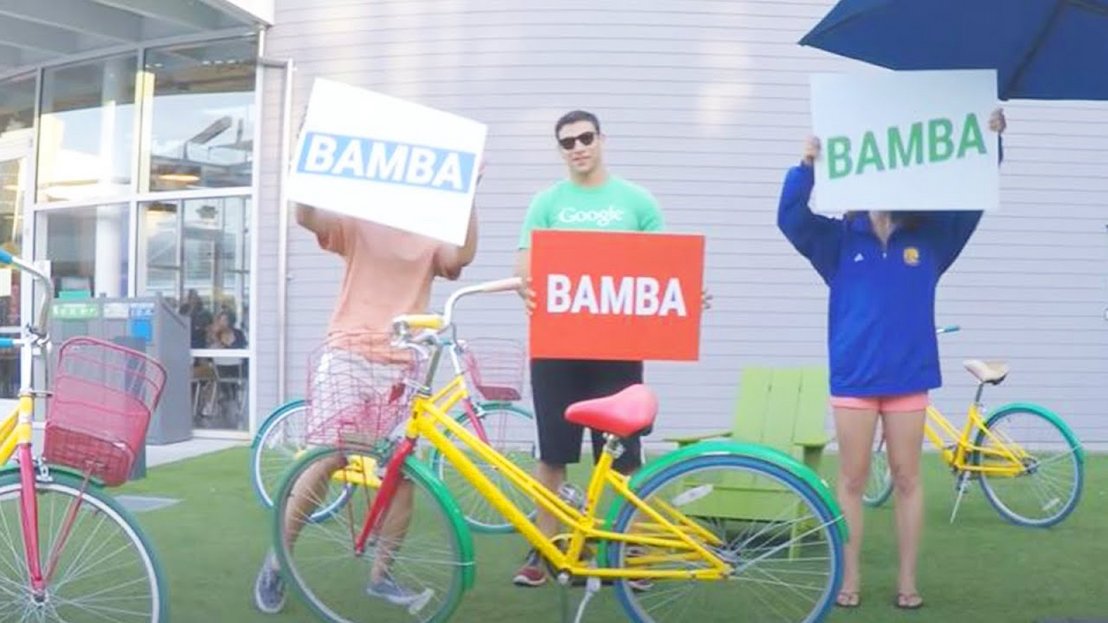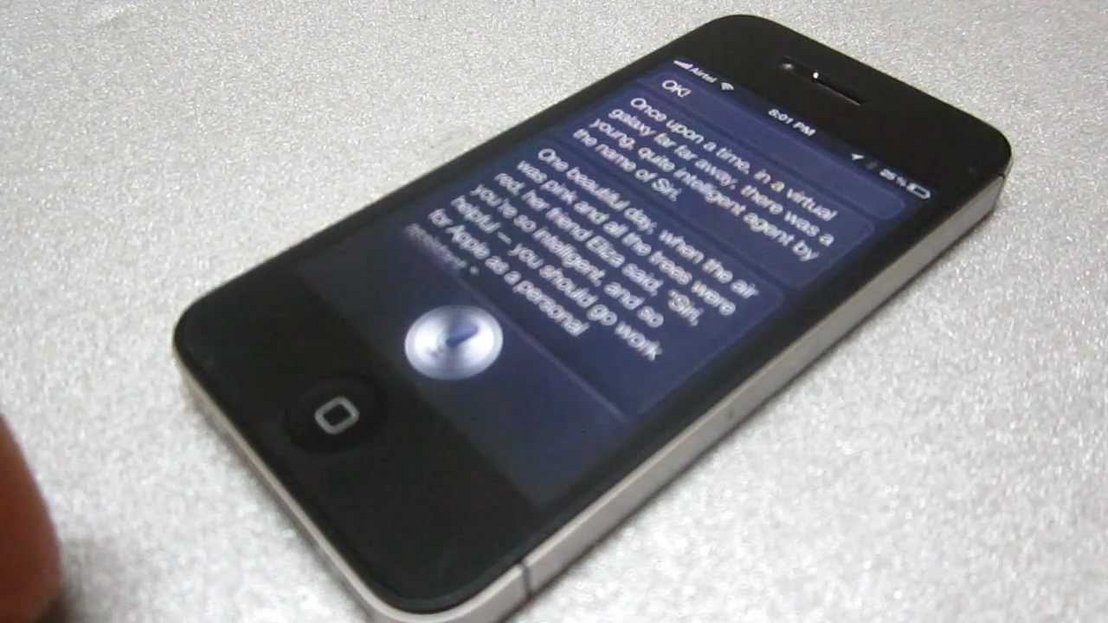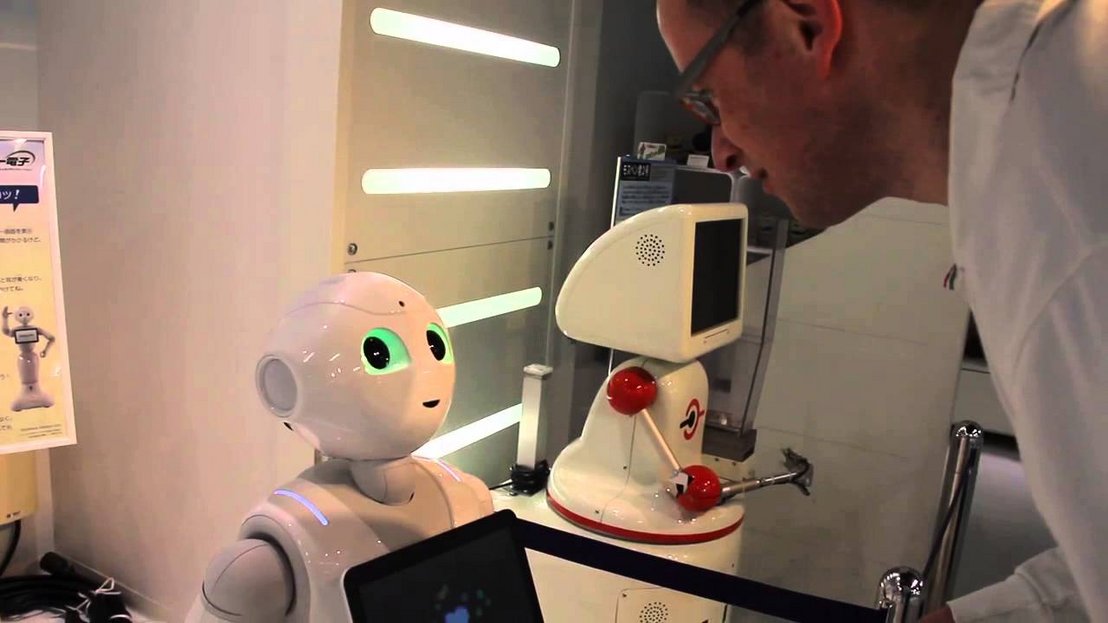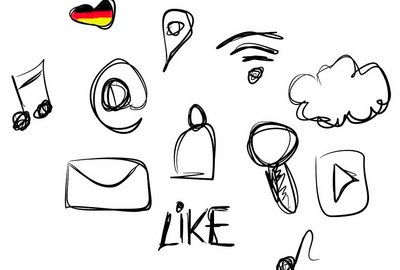Some of these inventions seem like they could be from a science-fiction movie, but they are in fact real. Some of them are in beta testing, but they work, and that’s what‘s most important. So, what are the weirdest inventions for learning languages?
Google’s Augmented Reality Tech
We’ve all heard of and used Google Translate, right? However, this tool is not only used to translate texts, but also images. A few months ago, an extended version of Google Translate was launched that’s able to translate 27 languages into simple sentences. It’s a great advantage for anyone visiting exotic countries with different languages and alphabets. There’s no need to have mobile data and you’ll be able to learn new vocabulary at the same time, while in a completely new country. Google’s Augmented Reality Tech is here to stay.
Instant Translation from The Pilot
In our highly connected world, language barriers will soon be a thing of the past thanks to Waverly Labs’ new technology. The Pilot, as they have named their futuristic earpiece, currently only translates between English, French, Spanish and Italian instantaneously, but the company wants to add a further 15 languages before 2018. We have already seen incredible technological advancements getting smaller and smaller in the famous smart watch, but nothing that’s come before compares to the capabilities of the Pilot.
One of the most recent creations in online marketing is the chat bot, artificial intelligent robots designed to communicate with users and find the information faster than any real person could. Duolingo is starting a big project using the same technology and the results are impressive to say the least. It’s one of the most downloaded apps in Google (
check out some other great language-learning apps here). Duolingo uses a predictive text to correct your responses within the app, depending on what you write or say in the conversation. For now, there are three different bots to interact with: Chef Roberto and his restaurant, Renée the taxi driver and Ada the police officer.
Conversations with Siri and Cortana
Perhaps this is not an invention for learning languages, since it wasn’t made with language learning in mind, however it’s on this list because of the way we use the available tech rather than the invention itself. Many smartphone users argue about who’s the best personal assistant: Siri or Cortana? So, why not try to maintain a conversation with both of them? Change their language and ask for information on anything you’re curious about, places, history etc., and you’ll realize each conversation takes on a life of its own.
Talk to your Personal Robotic Assistant
Maybe having a conversation wasn’t the main function envisioned by robot engineers, but many robots have been developed over recent years that we can interact with. If in the near future you have a humanoid robot at home, you’ll most likely be able to practise foreign languages with it, whether English, Japanese Portuguese or something else. You’ll be able to practice while doing everyday activities like eating breakfast and cooking dinner. Nowadays, this tech is only available for a small percentage of the population, but it’s never too early to think about the future. It would be a fantastic way to learn new vocabulary, grammar and entire languages.
So, that’s it! Those are the current weirdest and most futuristic inventions for learning languages’, but we’ll keep updating the article as soon as new inventions come to our attention. But don’t forget learning languages is also about the experience, and nothing could replace the feeling of travelling around the world, immersing yourself in a new destination and meeting and socialising with locals.













